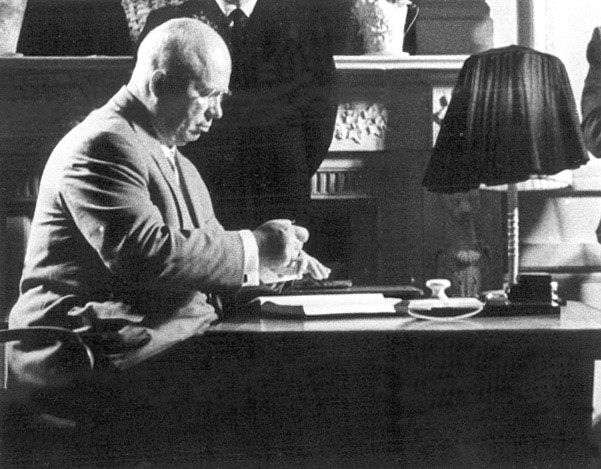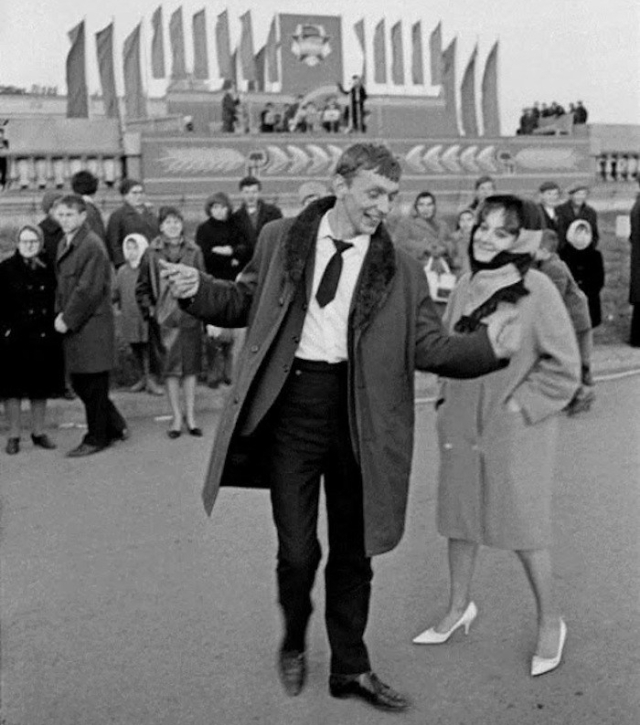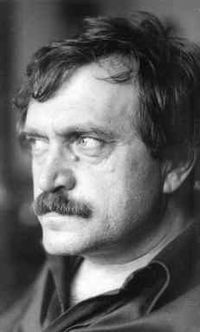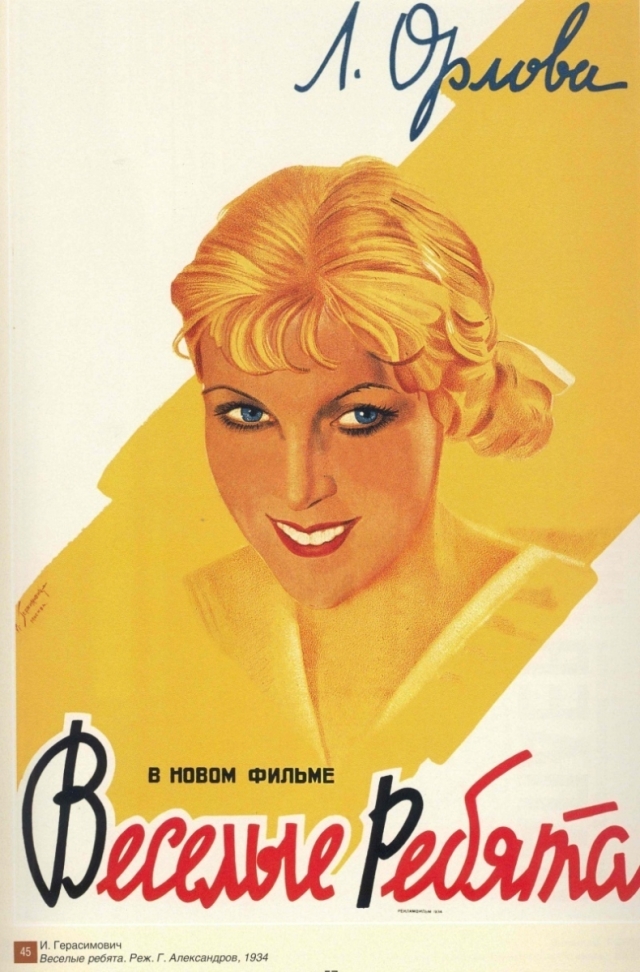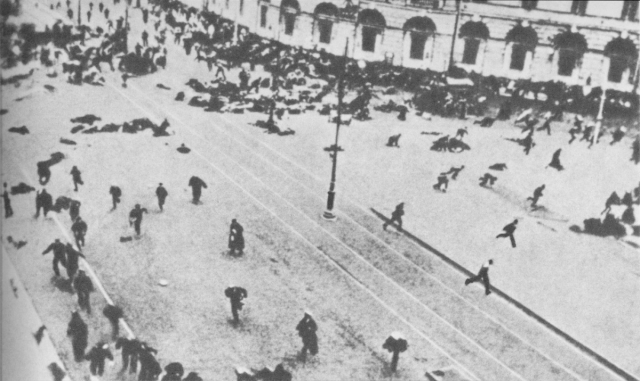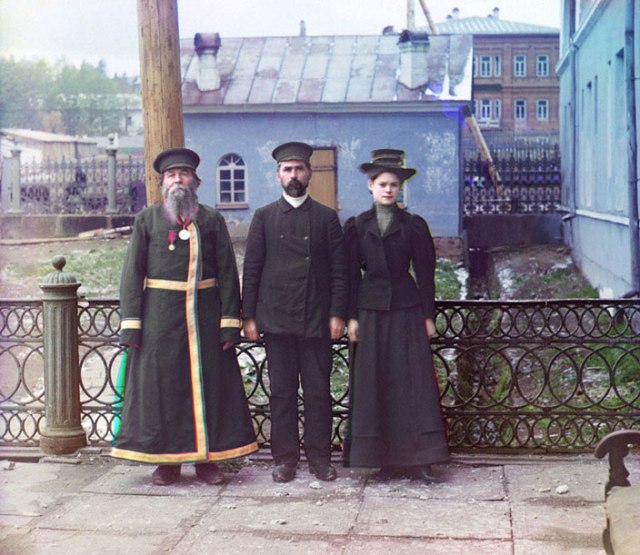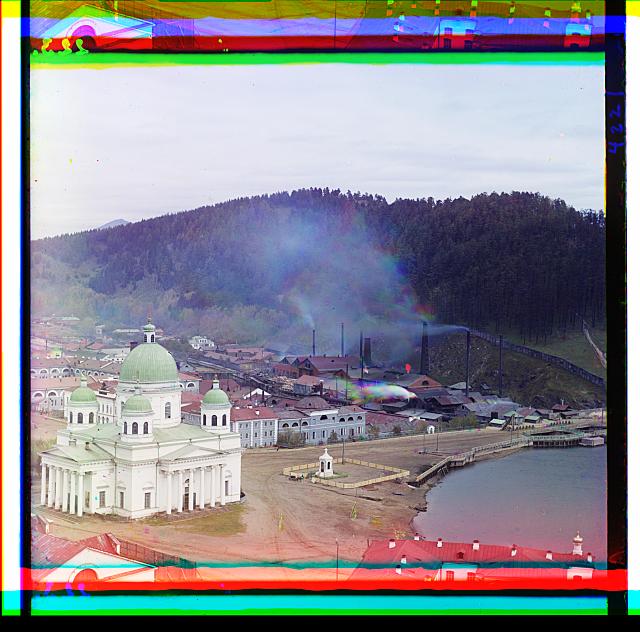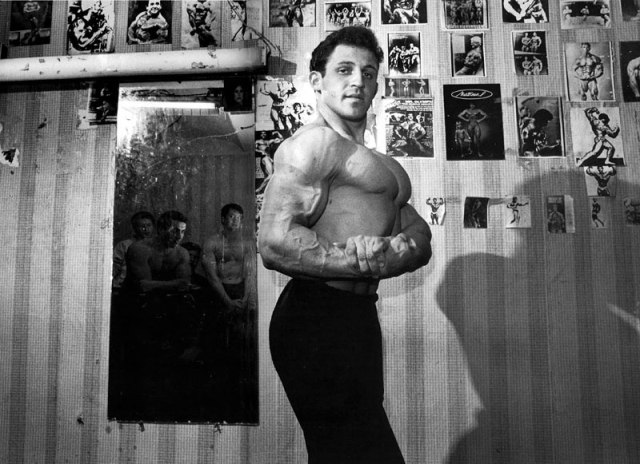
In the latter half of the 20th century, western culture flooded the Soviet Union. Soviet youth enjoyed denim jeans, rock music, and Coca-Cola. Many of them began to identify as punk-rockers or hippies. The young men of Liubertsy (a suburb outside of right Moscow), however, saw the popularity of western culture as a threat to Soviet society as they knew it. These young men began to call themselves “liubers.” They would travel in packs to Moscow and beat up youths wearing western clothes and hairstyles. Liubers also spent much of their time working out in home gyms in their apartment buildings. They also identified themselves by wearing their signature plaid pants.
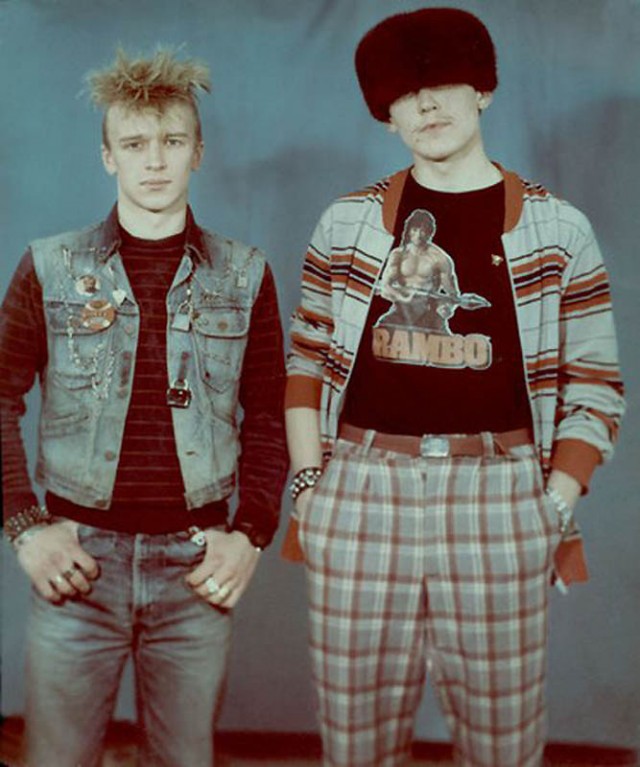
An article in Ogonek, called Liubers, the Firm, by Vladimir Iakovlov, brought the issues surrounding Liubers to national attention. In the article, Iakovlov described many encounters with Liubers. When Iakovlov asked a group of Lliubers why they came to Moscow, one of them simply replied, “We come to beat up punks, hippies and metalheads and break dancers too.” In a separate encounter, Iakovlov asked the Liubers why they beat people up. One of them replied, “Hippies, punks and metalheads are a disgrace to the Soviet way of life. We want to clear them out of the capital.”
In the article, Iakovlov uncovered another possible motivation for the Liubers’ violent attacks. When interviewing victims of Liuber attacks, Iakovlov found that many of their belongings, including pins, CDs, and bags, were stolen. Some of the victims found their belongings being worn by their friends a few weeks later. Iakovlov discovered that the Liubers must have been stealing these items with the purpose of selling them. Iakovlov also concluded that hippies, punks, and other youth groups that admired western style were easy targets for the Liubers, because they did not have to worry about them going to the police. All of this makes you wonder whether the Liubers were motivated to commit these crimes by their disgust with western culture, or if they were motivated by what appeared to be a lucrative opportunity.


Liubers were the subject of a song for one of the earliest Soviet punk rock bands, Grazhdanskaia oborona (“Civil Defense”). The 1985 song was called “Hey, Brother Liuber,” and it ironically describes the life and thoughts of a Liuber. One part of the songs says:
We were born and raised in Liubertsy.
The center of brute strength.
And we believe our dream will come true:
Liubertsy will become the center of Russia.
You can listen to the song here. Despite the fact that the song was made by punk rockers who mocked Liubers, the Liubers loved the song and made it their unofficial anthem. Like their love for Sylvester Stallone, their love for the song appeared to contradict everything they stood for. Overall, Liubers represented a reactionary force against the flood of western cultural influence that was sweeping through the entire country.
Images:
Sources:
Geldern, J. V. The Guys from Liubertsy. Retrieved from: 17 Moments in Soviet History.
Iakovlov, V. “Liubers, the Firm.” Ogonek. (January 1987). Retrieved from: 17 Moments in Soviet History.

